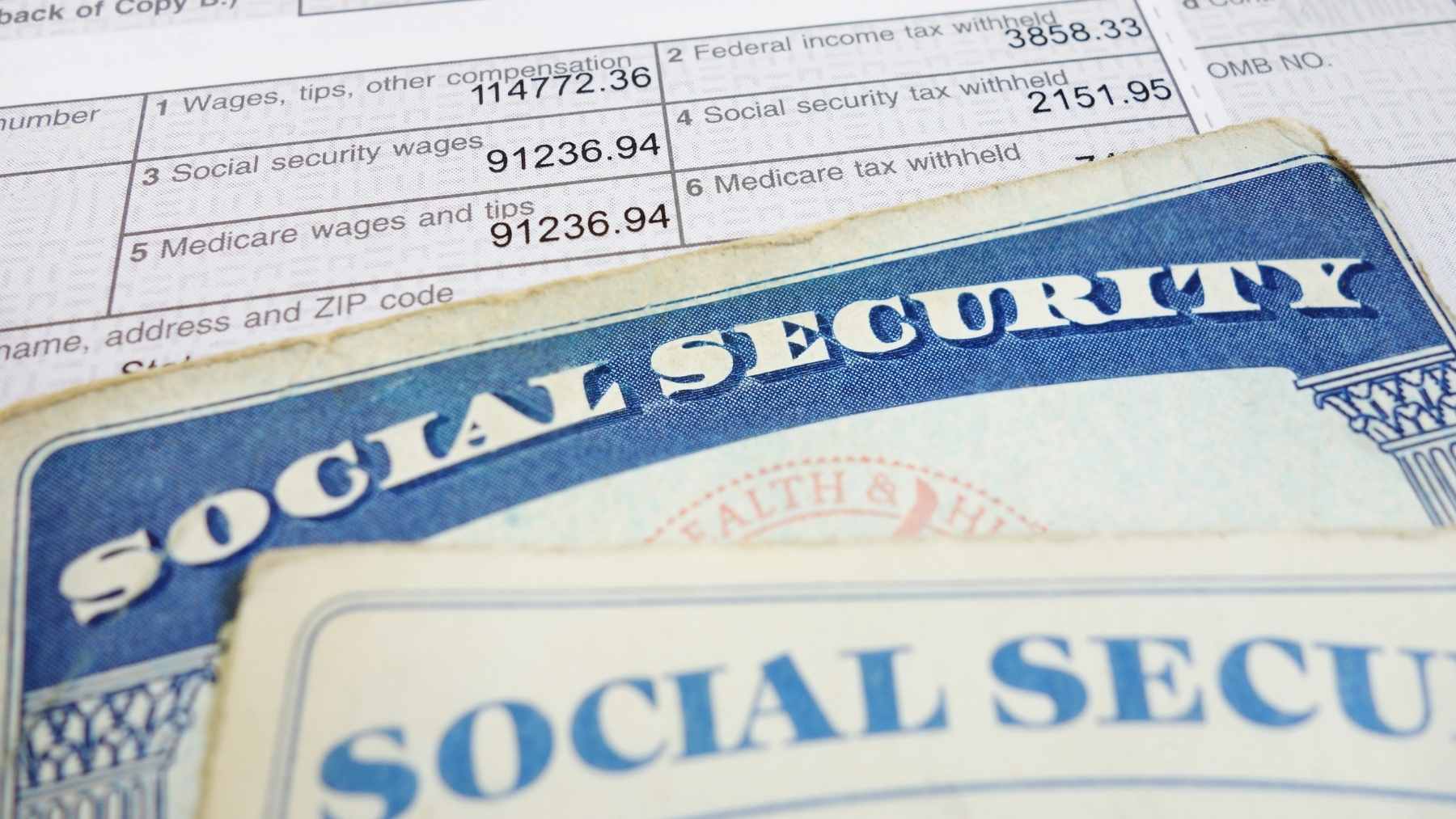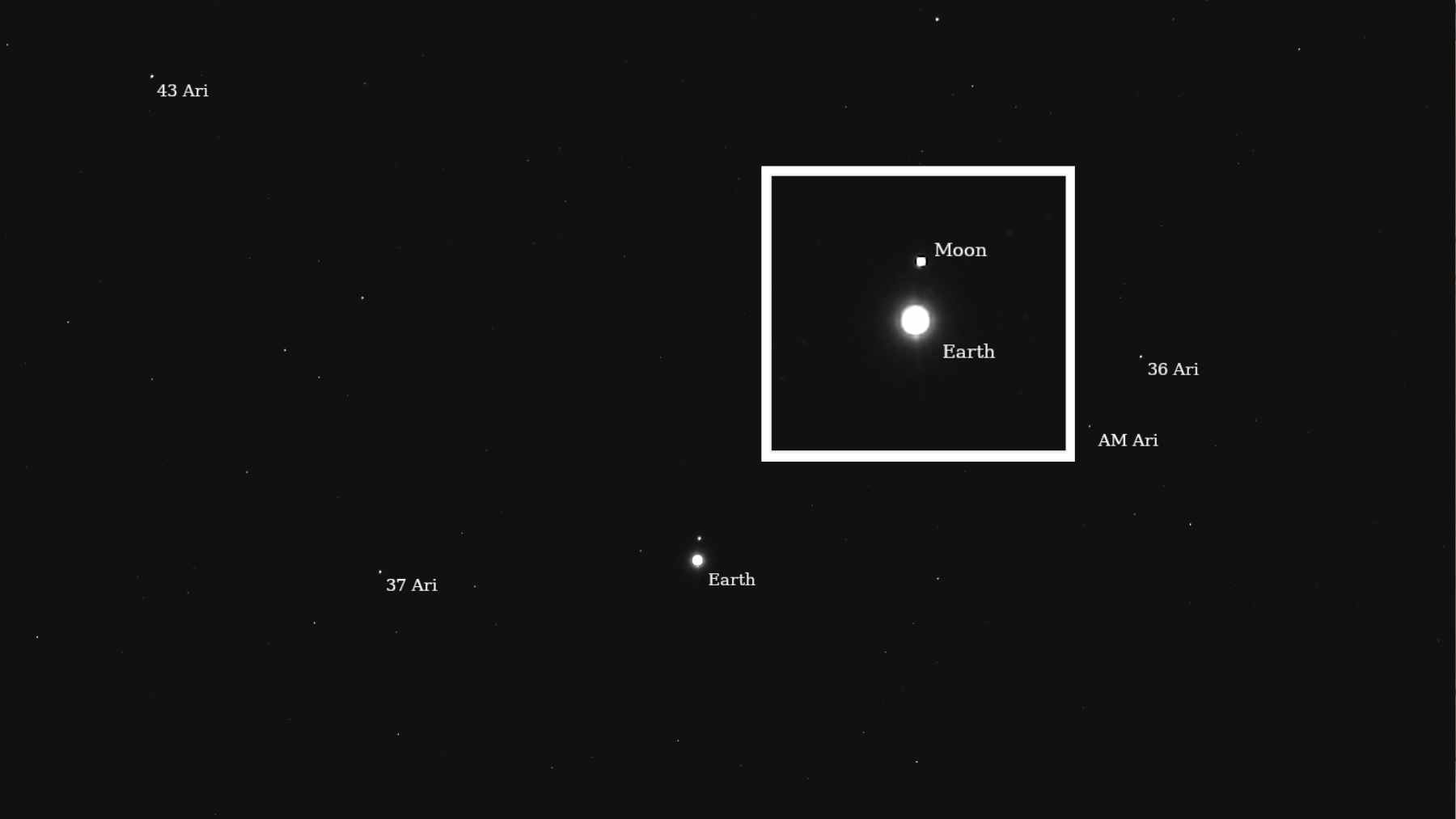Every month, the Social Security Administration (SSA) releases millions of payments to its approximately 70 million beneficiaries. The timing of these payments is always done according to a strict schedule, which the SSA rarely deviates from unless payment dates need to be advanced due to regularly scheduled payment dates occurring on a holiday or weekend. This one group of SSA beneficiaries is not due to have their payment arrive until this date.
The SSA follows this payment schedule for benefits
Of the 70 million SSA beneficiaries, the large majority are retired individuals, with the others receiving an income from the Supplementary Security Income (SSI) program and/or Disability. SSI is intended for those who have access to very little or no income and/or resources, while Disability is reserved for individuals who cannot work due to having a disability. Some beneficiaries also receive an income from more than one of these funds.
Many of the SSA beneficiaries, especially SSI and Disability beneficiaries, rely solely on this income in order to cover their monthly expenses. As such, it is imperative that the SSA can create a predictable and reliable payment schedule for their beneficiaries, accurately plan their month, and determine how they are going to cover living expenses.
Generally, the following standard schedule is used by the SSA:
- The second Wednesday of the month: Birth dates between the first and the 10th of the month.
- The third Wednesday of the month: Birth dates between the 11th and 20th of the month.
- The fourth Wednesday of the month: Birth dates between the 21st and 31st of the month.
However, these dates do not apply to beneficiaries if they are SSI recipients. If you receive SSI only, you are paid on the first of every month. If you receive SSI and retirement benefits, you are paid on the third of every month. Similarly, as it is according to the Social Security payment schedule, if you claimed your retirement benefits before May 1997, you are also paid by the SSA on the third of the month.
These beneficiaries will have to wait until this payment date
This most recent Wednesday was the last payment date for SSA beneficiaries. The next round of SSA payments will begin on the first of the new month in August, where SSI-only recipients will kick the month off with their payments. For those retirement beneficiaries who are paid on the third of each month, some will be receiving a payment as high as $5,108.
However, this payment of $5,108 is the maximum Social Security payment, and the vast majority of beneficiaries do not receive this amount. The average retirement payment from the SSA is approximately $2,000. In order to receive the full maximum payment of $5,108, there are a number of requirements beneficiaries need to meet, the most important being the age at which they claimed their benefits.
How to claim the maximum SSA payment
If you want to be eligible to receive the maximum SSA payment, the following criteria need to first be met:
- Waiting to claim your benefits until you reach 70 years old
- Paying Social Security taxes on 35 years of income
- Achieving at least 40 working credits
Waiting to claim your benefits until you are 70 years old is the key criterion that beneficiaries need to take into account here. While you are allowed to claim your benefits as early as 62 years old from the SSA, the Administration rewards beneficiaries with higher monthly payments if you choose to delay claiming your benefits. However, once you reach 70 years old, there are no additional benefits applied to you for choosing to delay. As such, if you can delay claiming, 70 years old is the optimum age to claim to maximize benefits.
Disclaimer: This content is informational only and does not supersede or replace the SSA’s or IRS’s own publications and notices. Always verify any specific dates and amounts by following the direct links in our article to SSA.gov or IRS.gov, or by consulting your local SSA field office or tax professional.













